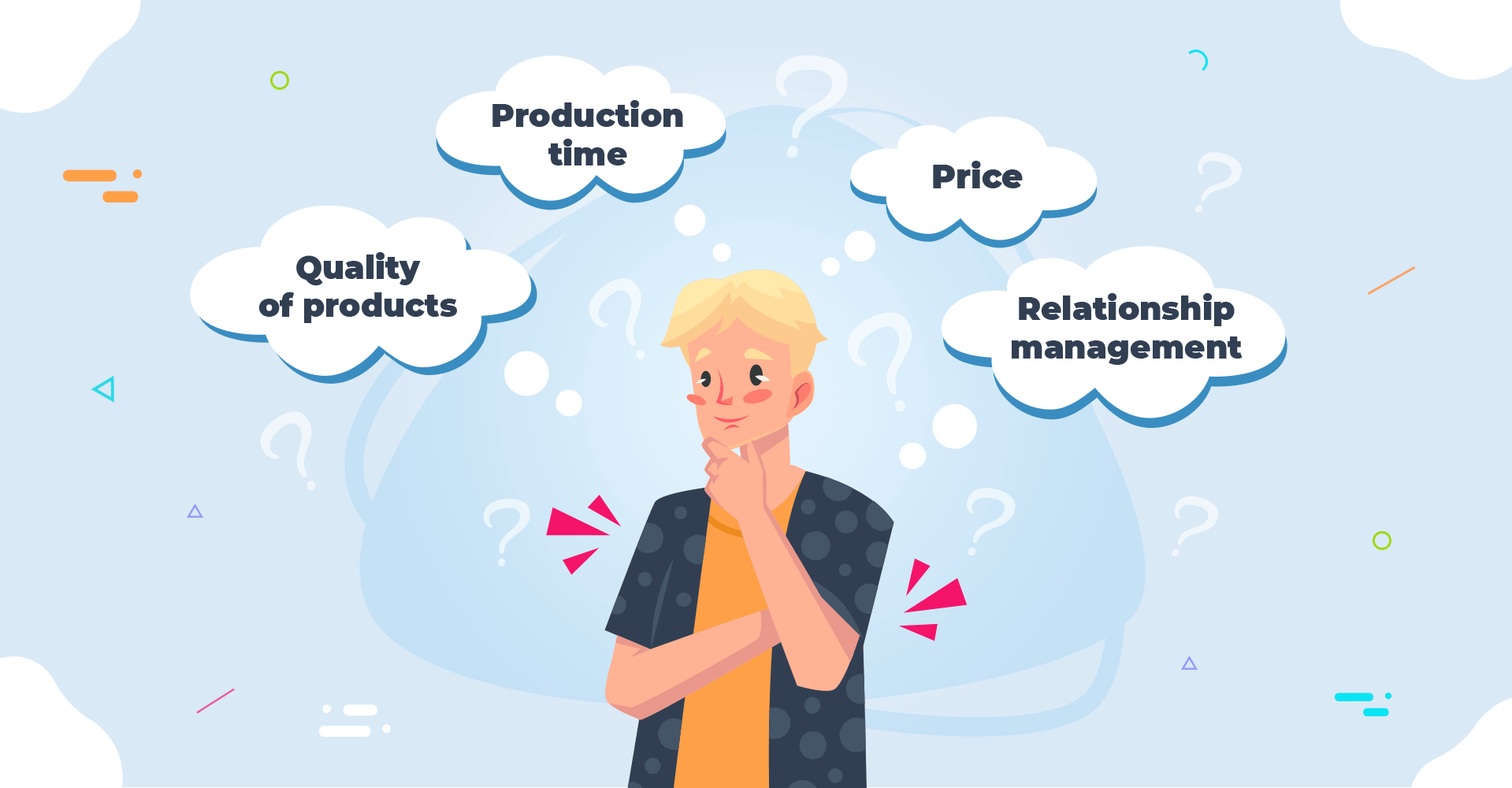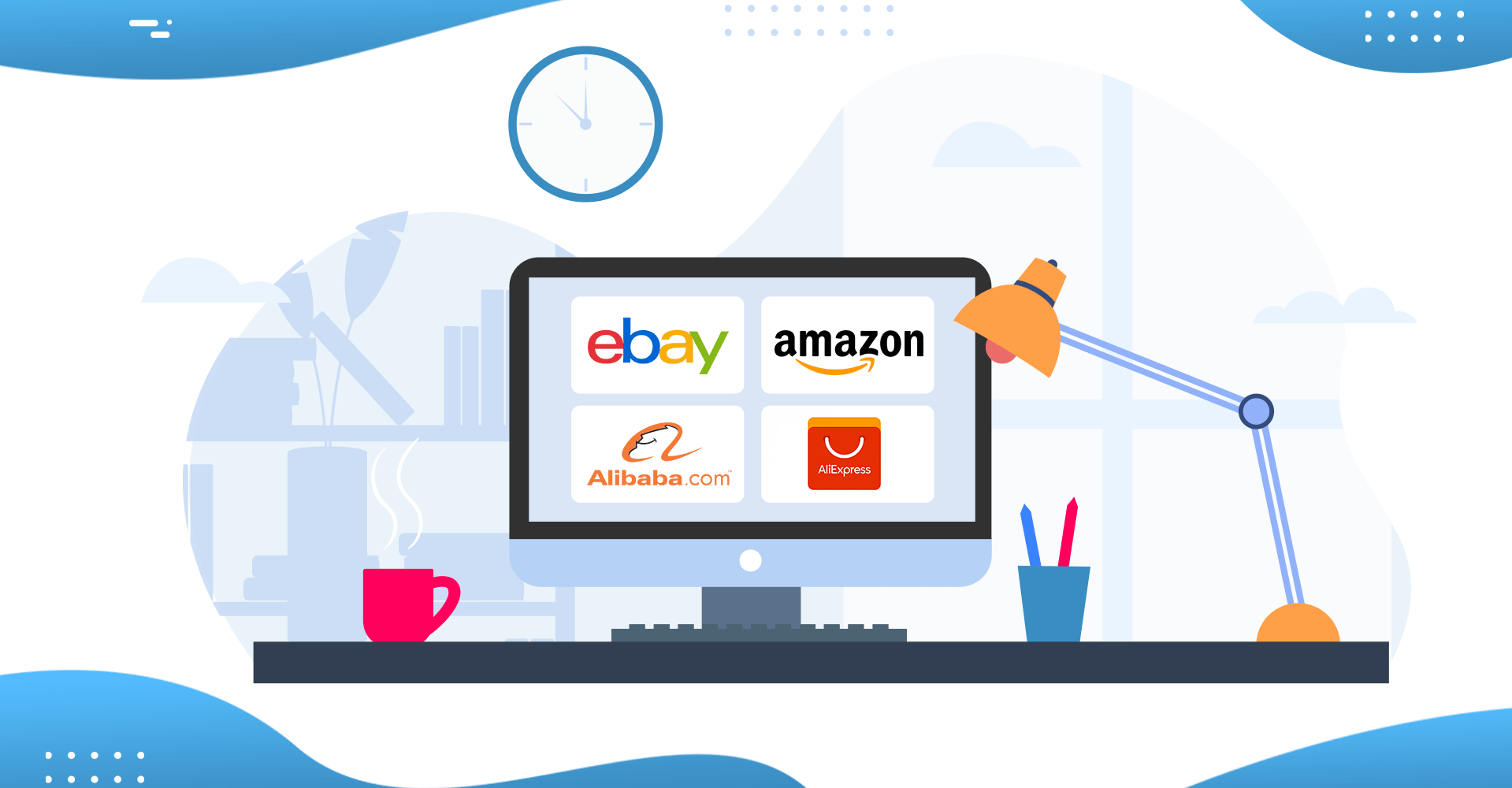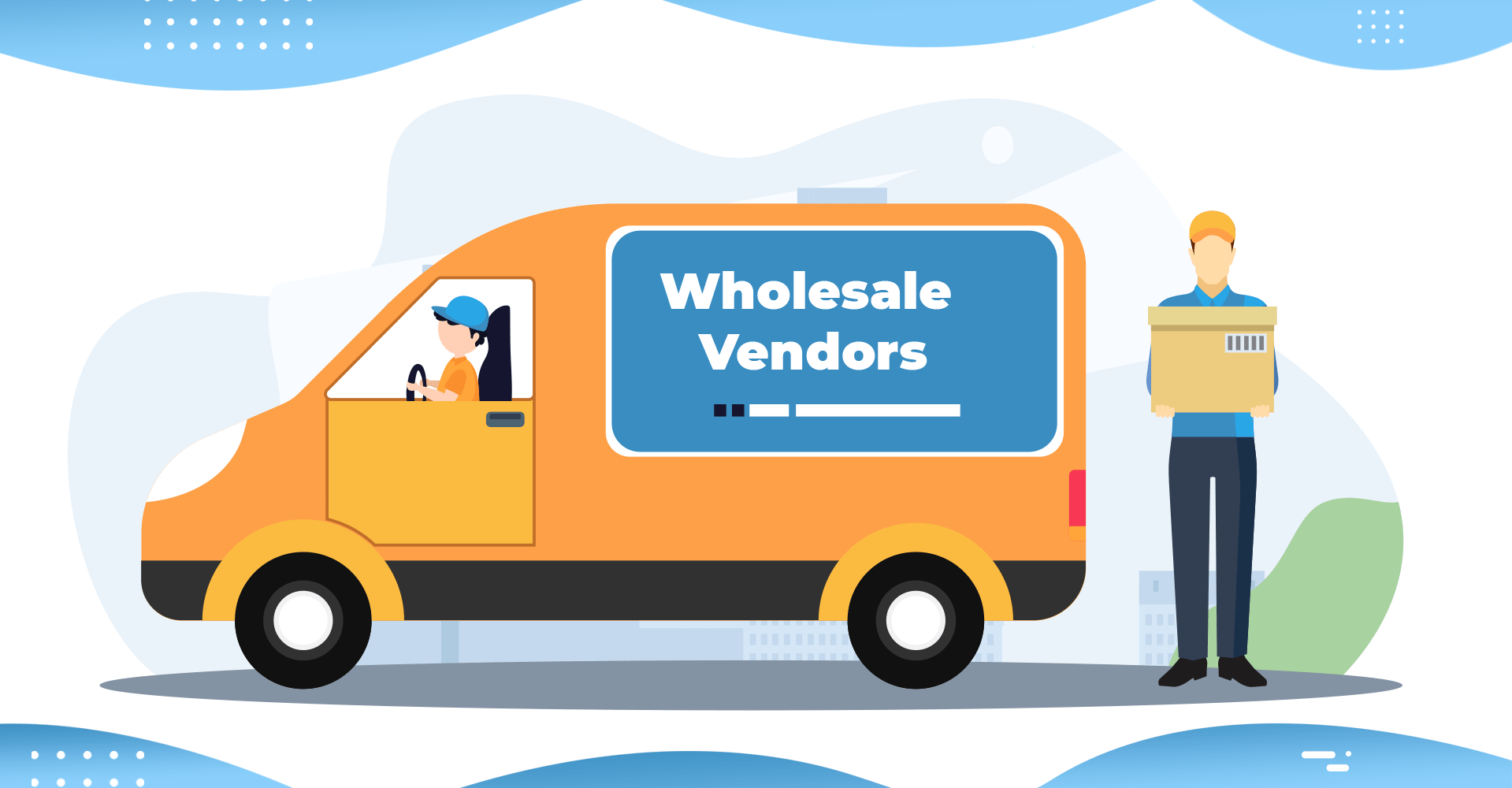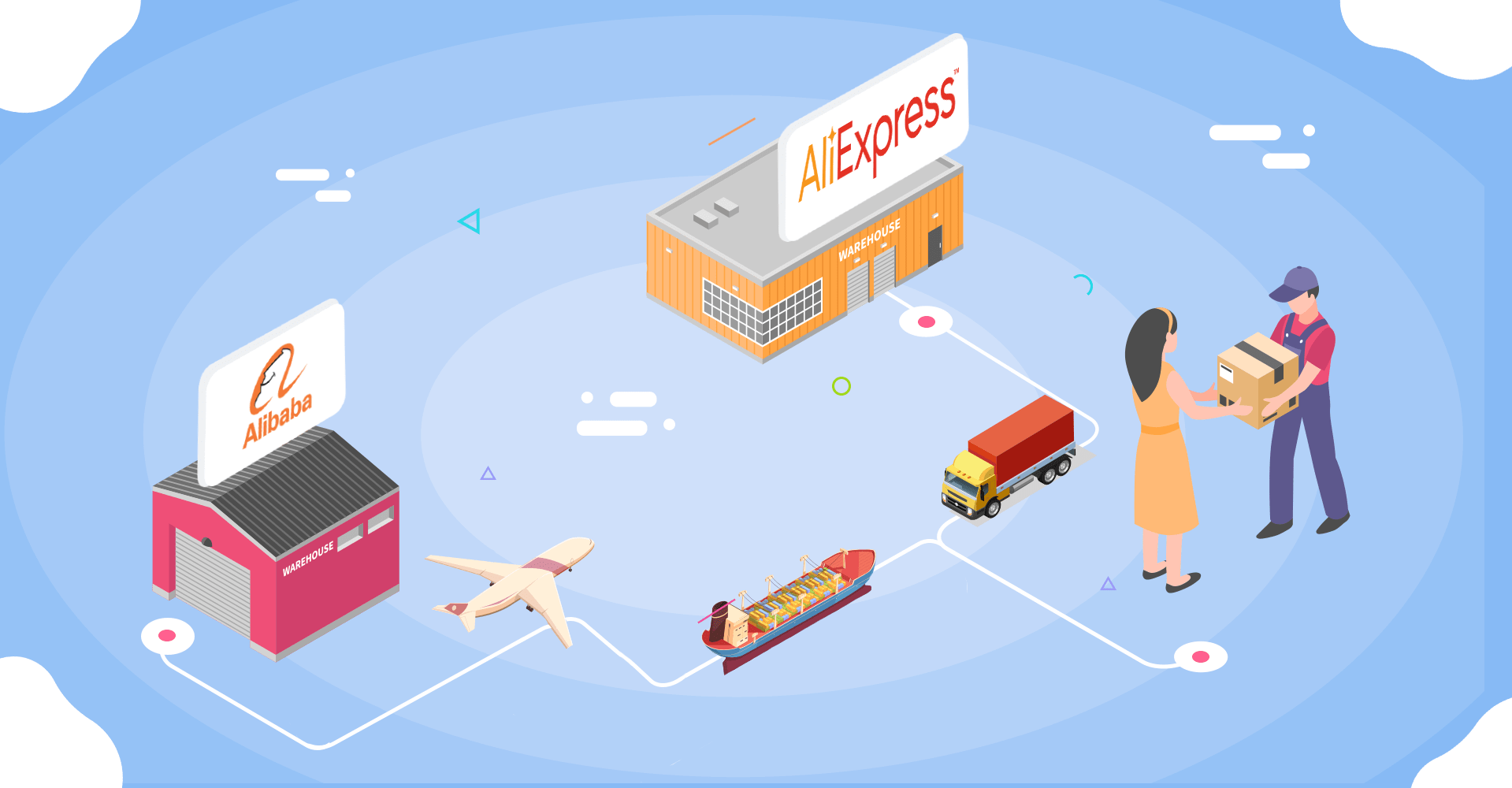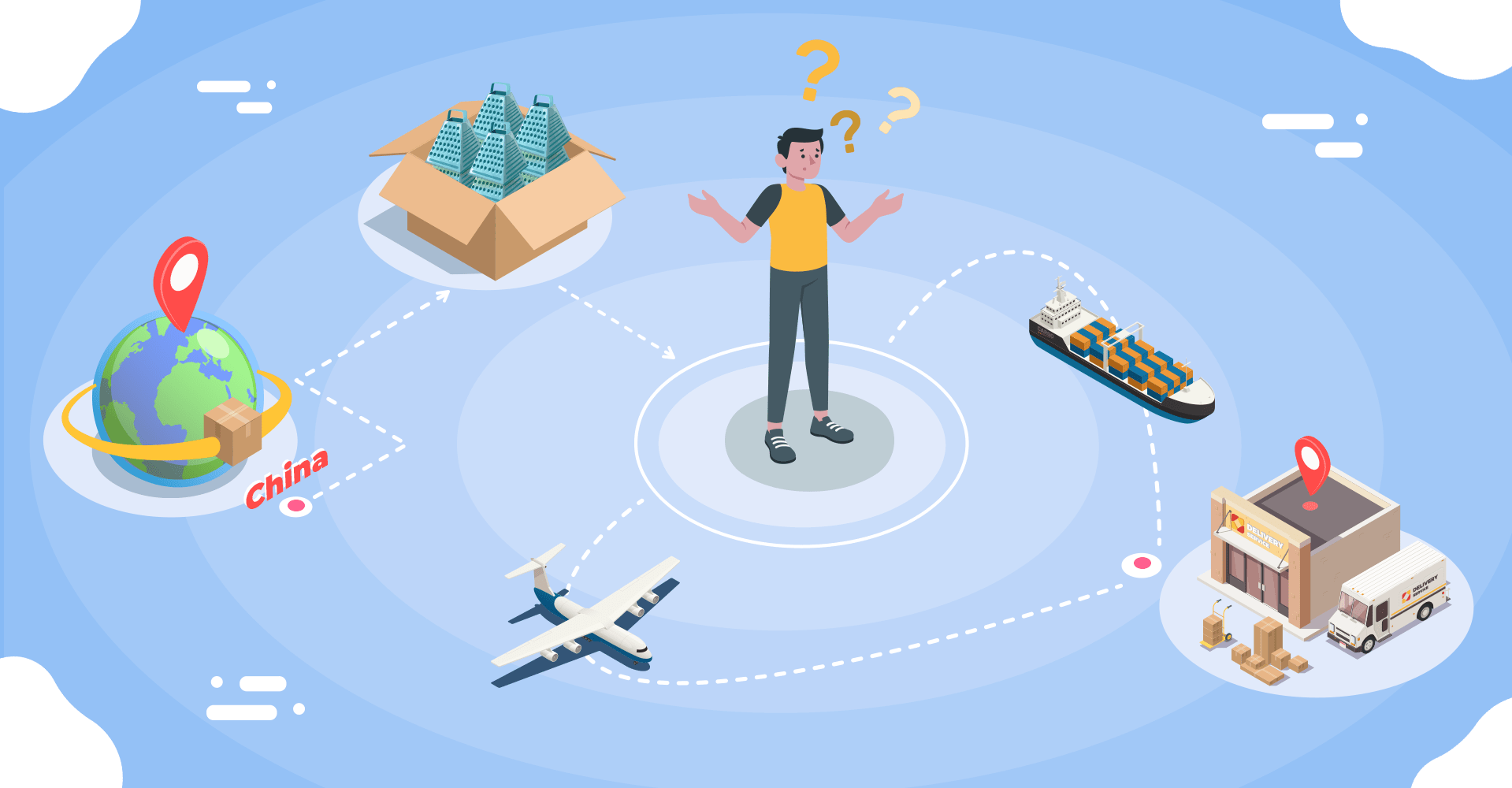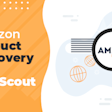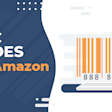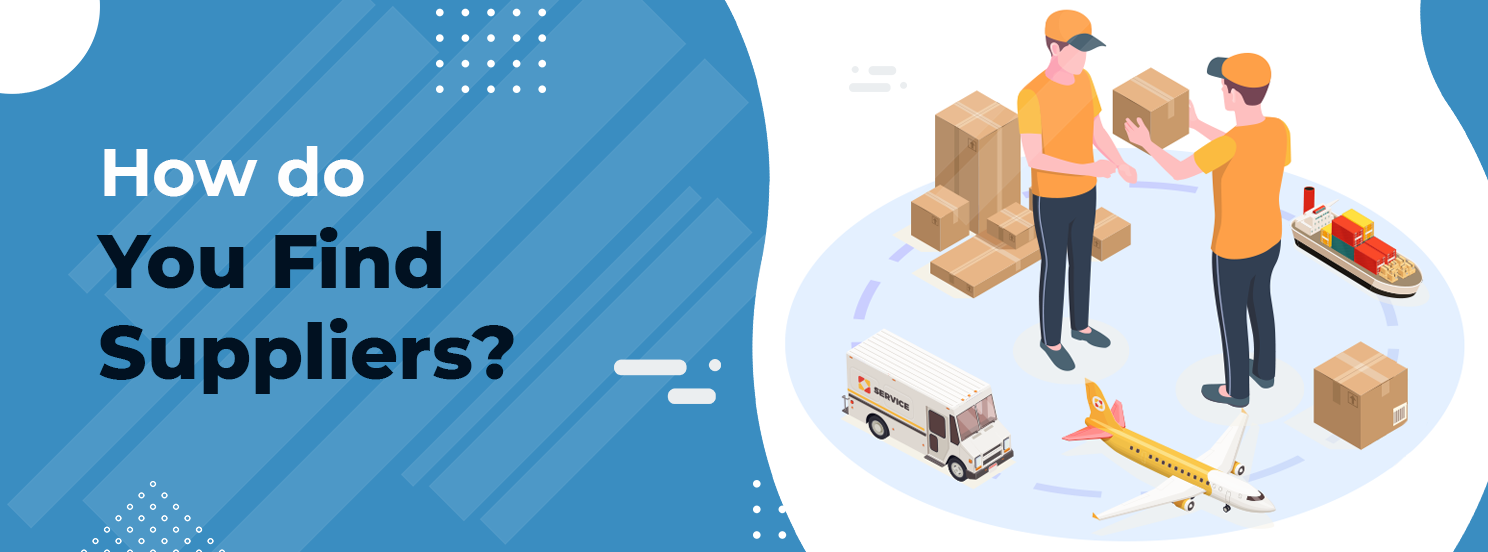
How to Find Suppliers for Your Online Store or Amazon Business
For people thinking about selling online, one of the first questions they ask is where do you get your products? This can be the biggest hurdle to overcome for anyone thinking about starting an Amazon business or online store.
However, in reality the process of sourcing products isn’t that complicated. If you know how to go about it, and where to look, it’s actually a lot easier than people realize.
Table of contents
In this guide, we’ll go over everything you need to know about finding eCommerce and Amazon suppliers. Plus, we’ll give you a few tips to help you get great products at the best prices.
Why it’s Important to Choose the Right Supplier
When you start looking for suppliers, you’re going to realize that you have a lot of options. It might be tempting to simply choose the first one you discover who’s offering the items you’re looking for, but this is a big mistake.
As you do your research, you’ll see suppliers vary in the following areas:
Quality of Products: The quality of goods you’ll find will range from extremely poor to exceptional. If you’re going to run a top-performing business you need to choose items that are high-quality and will live up to your customers’ expectation.
Price: Every vendor will offer you a different price. The cost of your goods will depend on who you’re buying from as well as the quality of the products. Make sure to partner with a company who can offer you quality items at a price that will allow you to maximize your profit margins.
Relationship Management: The success of your business will depend greatly on your suppliers. Make sure you’re dealing with a reliable company that’s willing to build a strong relationship with you and go above and beyond to get you everything you need.
Production Time: If you’re running low on inventory you want a supplier who can get you restocked as soon as possible. You’ll need to know how fast they can deliver your products, as this could be crucial down the road.
When you’re talking to potential suppliers, make sure to assess each of them on all of these qualities. If you find one that checks all thoughts boxes in the list above you’ll give your business a much better chance of making money.
Types of Suppliers
There are many types of suppliers you can use for your eCommerce business. Here are a few different ones to consider.
1. Retail Stores
You may be surprised to learn that a number of online sellers just go to local retail stores to find items to sell. In some cases, you can find items on sale or clearance that are being offered for less than what they’re selling for online.
There are actually some apps that can help you find these types of products. For example, some apps let you scan items to see what they’re selling for on Amazon. If they’re selling for more online you might be able to buy them and then resell them for a profit.
Benefits: This is an easy way for beginners and startups to buy products, as It doesn’t involve finding suppliers, negotiating prices, or dealing with shipping.
Drawbacks: This process isn’t really scalable. You’ll only be able to buy small amounts of products at a time, and finding profitable products can be extremely time-consuming. Plus, you’ll end up paying more per product, which will reduce your profit margins.
2. Online Marketplaces
Similar to retail stores, you can also find products to resell on online marketplaces like eBay. The process is the same: you need to find products that are selling for less there than on other marketplaces so you can resell them for a profit.
Benefits: This strategy will save you some time compared to shopping at retail stores, since you can do it from your home.
Drawbacks: You’ll run into the same problems here as you would if you’re buying from retail stores: it’s hard to scale, you can’t buy in large quantities, and you’ll have lower profit margins.
3. Dropship Suppliers
Dropshipping is another strategy that works well for beginners. With this system, you don’t have to pay for any inventory upfront. You also don’t have to store it.
Instead, you strike a deal with your supplier where you send your orders to them and they then ship the product to your customer.
There are actually a number of companies that perform this service, so if this sounds like something that would work for you then you shouldn’t have too much trouble finding a partner.
Benefits: You won’t have any upfront product costs, you don’t have to store any inventory, and you don’t have to package and ship your orders.
Drawbacks: The main problem with dropshipping is the profit margins. Because you’re essentially only buying one product at a time your cost per item will be higher. Suppliers also charge you extra for shipping your orders for you. This results in lower profit margins.
4. Wholesale Vendors
If you’re really serious about growing your eCommerce business you may want to consider partnering with a wholesaler.
These businesses purchase large quantities of products directly from manufacturers. This means they pay a lot less for their merchandise and are able to pass those savings on to you.
Benefits: Your cost per item will be a lot lower than any of the other options we’ve mentioned so far. This means your profit margins will be higher and you’ll make more money per sale. Wholesalers can also sell you large quantities at once so you can quickly stock up your inventory.
Drawbacks: Wholesalers force you to buy in bulk, often hundreds of products at a time. So, while your cost per item will be low, your total order cost will be high. This could be risky if you’re not entirely sure you'll be able to sell all your inventory.
5. Manufacturers
If you really want the best deal you can go straight to the manufacturer. While some will only deal with wholesalers and larger companies, many manufacturers are happy to work with individual sellers.
The great thing about buying from manufacturers is you can get them to customize your items. This includes adding new features or creating completely new products.
Benefits: Manufacturers offer the lowest cost per item. They’re also your best choice if you’re looking to create a custom product or want unique packaging with your brand name on it.
Drawbacks: Just like wholesalers you’ll have to buy in bulk. So, in order to work with manufacturers you’ll need to have a large budget and be willing to make an upfront payment for a lot of inventory.
Domestic vs International Suppliers
Another decision you’ll have to make is deciding whether you want to deal with domestic suppliers or an international company.
Depending on where you’re located, domestic suppliers are often known for higher quality goods. And because they’re closer, you’ll also get your products a lot faster. For example, if you’re located in the USA and you’re working with an American vendor your inventory will have a very short distance to travel.
International suppliers often have a reputation for producing lower quality items. However, this isn’t always true and there are plenty of foreign companies that produce goods that are just as good, if not better, than domestic ones. It’s also usually cheaper to import items from countries like China, India, Taiwan, and Vietnam than it is to purchase them domestically. The only drawback is you’ll have to pay for shipping and wait longer to receive your goods.
Do your research and weigh the pros and cons of both to decide what route is best for your business.
How to Find Suppliers
There are a few ways to find suppliers for your store including google search, special events, sourcing agencies, or looking on large worldwide marketplaces. After you decide on the supplier type that you need, take a look at these places:
1. Google
This is a great place to start. You can search for stores in your area that have sales, online marketplaces where you might be able to find items, and dropshippers, wholesalers, and manufacturers that offer the type of products you’re looking for.
2. Trade Shows
Depending on where you live this might not be an option. But if there’s a tradeshow going on in your area it’s probably worth dropping by. The benefit of this is you’ll be able to speak to suppliers in person, which can be much more reassuring than exchanging emails or talking on the phone.
3. Sourcing Agencies
If you’re not interested in finding a supplier yourself you can always hire a sourcing agent to do it for you. You simply tell them the types of products you’re looking for and your budget and then they’ll go out and find a company that meets your criteria.
Sourcing agents can be useful if you’re looking for suppliers in a foreign country, as they can help bridge the language barrier. They also often have working relationships with a number of businesses and might be able to get you a good deal.
The only drawback is you’ll have to pay them to do this work for you. This is one more cost you’ll have to factor in and will cut into your profit margins.
4. Alibaba and Aliexpress
By far the most popular way to find suppliers is by searching for them on Alibaba and Aliexpress. These are central online marketplaces made up of millions of Chinese wholesalers and manufacturers.
When it comes to places to search for vendors, you won’t find anywhere that has more diversity than these two sites. No matter what type of product you’re looking for (baby clothes, home decor, furniture, cosmetics, etc.) you’ll likely find someone in that industry who can get it or make it for you. Their selection is unparalleled.
Aliexpress is intended for consumers. Because of this, you don’t have to buy in bulk. And since you’re buying from China you’ll get much better prices than if you buy from local retailers.
Alibaba, on the other hand, is intended for businesses. Because of this, their cost per item is generally lower and you’ll usually have to buy in bulk.
Here’s how to use these sites to find products and suppliers.
Go to either Alibaba or Aliexpress.
Type your product into the search field.
Review the results. Click on the products that look interesting and fit into your budget.
If you’re shopping on Alibaba you’ll be able to purchase the item right there. With Alibaba, click the “Contact Supplier” button and let them know what you’re looking for and how many items you need.
You can also search Alibaba suppliers while on Amazon. Just search for the product you’re interested in, open the AMZScout PRO Extension and click “Search Suppliers on Alibaba.com” to instantly find suppliers that offer those types of items.
Most of the vendors on Alibaba are manufacturers, which means they’ll be able to customize products for you if you wish. If you’re looking for something unique just contact a supplier and explain what you’re looking for. If they’re able to do it they’ll give you a quote.
What to Do Before You Place an Order
Before you go out and start purchasing products there are a few things you need to do to give yourself the best chance of success.
1. Perform Product Research
The first thing you’ll need to do is decide what items you want to sell. The best way to do this is to perform product research to see what people are actually buying. AMZScout offers two tools that will help with this.
AMZScout Product Database: This tool allows you to search Amazon’s entire database. Use 44 search filters including category, price, sales, reviews, and size to find products that fit your requirements.
AMZScout PRO Extension: Install the AMZScout PRO Extension to analyze any Amazon product. Go to Amazon and search for the items you found with the product database. Then open the extension to see estimated monthly sales, average price, reviews, sales history, and more. They also give you product and niche scores that tell you right away if a product will be profitable to sell.
Once you discover a product or niche you’re interested in you can use the Pro Extension to find suppliers for those items. Here’s how it works:
Search for the product you’re interested in on Amazon.
When the results come up, open the Pro Extension.
Click the “Search Suppliers on Alibaba.com” button.
Filter suppliers by price and minimum order quantity.
Compare each supplier’s review score.
Add the suppliers you’re most interested into your Favorites list.
Finding suppliers this way is much more convenient and saves time. Even if you’re not selling on Amazon these tools can still help you to find great products for your business. Amazon is the largest online retailer, so the trends you see there will likely be true for any other marketplace you choose to sell on.
2. Research Your Supplier
Before you place an order with any supplier make sure to look into them to see if they’re legitimate. Most of the companies you’ll find will be upstanding businesses, but there are a few people out there who will try to scam you if you’re not careful.
What kind of licenses do they have? What are their safety standards? Do they have any reviews you can look at? These are all things to consider.
If you’re looking for suppliers on Alibaba, check to see if they have any badges. Alibaba has special badges for vendors that have been inspected, authorized, approved, and certified by their team as reputable sellers.
3. Get a Sample
Ordering inventory for your business is a major investment, so you’ll want to check the quality of anything you’re purchasing. Ask your supplier to send you a sample. This is especially important if you’re having them create a customized or original product.
Inspect your sample and make note of anything that needs to be changed or fixed. You should also get a sample of the packaging and ensure it as the proper barcodes and UPC codes on it. Send your feedback to your supplier so they can make the changes before you place your order.
Requesting a sample is standard practice and the vast majority of companies will be happy to do it for you. Some may even send samples for free. If a company is reluctant to give you a sample that’s a major red flag and you should probably walk away and find someone else.
4. Negotiate Your Price
Most wholesalers and manufacturers are willing to negotiate on price, especially for larger orders. So, before finalizing your purchase it’s always a good idea to see if they’re willing to give you a discount.
If they really want your business they’ll usually reduce their price a bit, which will lead to more profits when you resell your products.
5. Determine Your Shipping Method
If you’re dealing with international sellers then shipping will be a major factor. You’ll have two options:
By Boat: This is usually cheaper but much slower.
By Air: Depending on the size of your products this could be expensive, but it will be much quicker.
Generally, smaller and lighter items can be shipped by air for a reasonable cost. If you’re shipping larger heavier products you may need to send them by boat to keep your costs down.
Your supplier will usually be able to arrange shipping for you. However, you should still review it to ensure they’re getting you the best deal possible and using your preferred method.
Where Should You Sell
So, once you have your products where should you sell them? There are lots of great choices, but in our opinion the best option is Amazon.
Here’s why:
More Customers: Amazon is the world’s largest online retailer. There are more potential customers here than anywhere else, so you’re likely to sell more.
Less Marketing: If you sell on your own store you’ll have to work really hard to bring people to your website. However, Amazon already has a huge following so it will be much easier to get people to find your products.
It’s Easy: Simply sign up for an account, upload your photos, fill in your product details, and publish your listing. You can also create ads to promote your items.
Fulfillment by Amazon: Amazon’s FBA program lets you ship all your inventory to one of their fulfillment centers. When someone places an order Amazon will ship your products to your customers. This means you don’t have to store your items or fulfill your orders, which saves a lot of time and resources.
Interested in selling on Amazon? Here are a few tips:
Use AMZScout Product Database and AMZScout PRO Extension to find products that are in demand and will generate sales for you.
Include keywords throughout your listing pages to ensure your items show up in Amazon searches. You can find keywords for your products by using AMZScout Keyword Search and AMZScout Reverse ASIN Lookup tools.
Conclusion
Finding suppliers and sourcing products might seem intimidating. But as you can see, it is actually pretty easy. If you follow the tips above you should have no problem finding the perfect vendor for your eCommerce business. Just take your time, as getting quality suppliers will give you a real edge over your competitors.
So, what are you waiting for? Figure out what you want to sell and then set up a supply chain that will allow you to get the kinds of products your customers are looking for.

